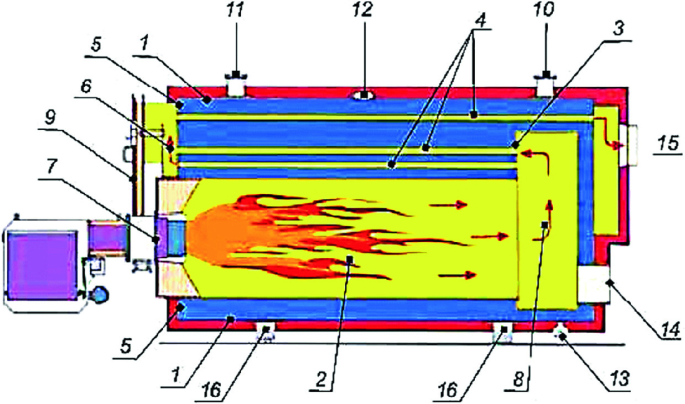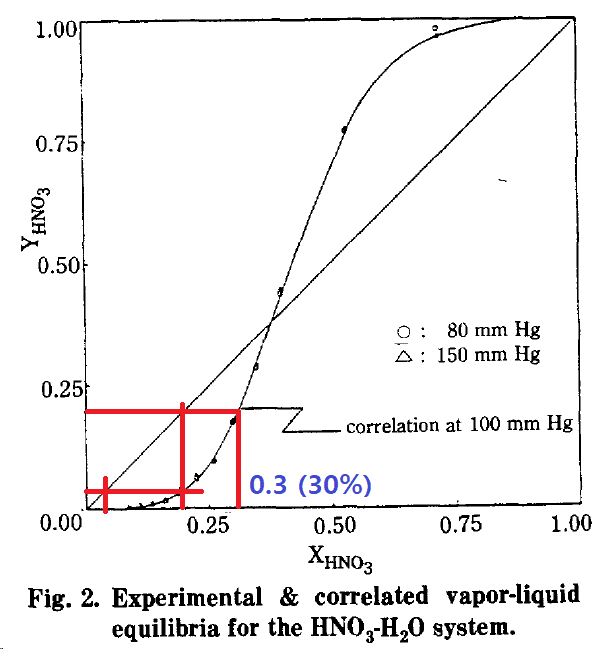gotothesky
Mechanical
- May 14, 2019
- 57
Helle,
I have to consider a new boiling system such like fire tube boiler.
Usally, Boiler boils water only.
But, My item is NOT to boil WATER.
(may be, Commercial software for Fire tube boiler is not available.)
Due to This reason, I would like to get All Formula needed for Fire tube boiler.
After getting the source, I plan to make design sheet in EXCEL format.
Is there any reference book for Fire tube boiler?
The source should be practical and reliable...
Give me a help.
I have to consider a new boiling system such like fire tube boiler.
Usally, Boiler boils water only.
But, My item is NOT to boil WATER.
(may be, Commercial software for Fire tube boiler is not available.)
Due to This reason, I would like to get All Formula needed for Fire tube boiler.
After getting the source, I plan to make design sheet in EXCEL format.
Is there any reference book for Fire tube boiler?
The source should be practical and reliable...
Give me a help.


